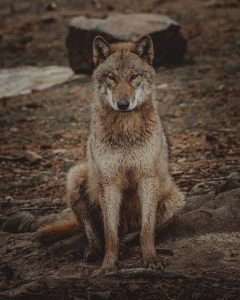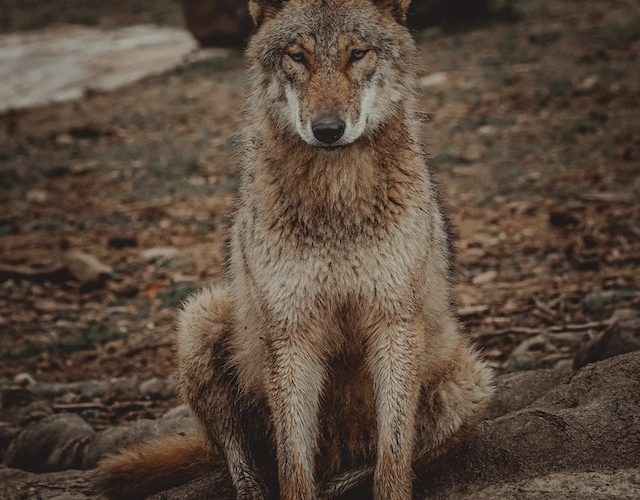Introduction: Wolves – The Misunderstood Icons of the Wild
Throughout history, Fiction about Wolves have been shrouded in myth and legend, often depicted as both villains and heroes. Join us as we embark on a journey to unravel the truths about wolves, dispelling the myths that have perpetuated misconceptions about these enigmatic creatures.
Knowledge Source: Dr. Laura Reynolds – Wildlife Biologist and Wolf Advocate Dr. Laura Reynolds’ extensive research on wolf behavior and ecology has provided a solid foundation for understanding the realities of wolves and challenging the myths that surround them.
Wolves are Insatiable Killers
Reality: Wolves are carnivores, but they are not indiscriminate killers. They play a crucial role in maintaining ecosystem balance by primarily hunting weak or diseased prey, which benefits overall prey populations.
Dr. Laura Reynolds: “Wolves are not driven by a constant bloodlust. They hunt to survive and support their packs, and they select prey that benefits the health of the ecosystem.”
Wolves are a Constant Threat to Humans
Reality: Wolves are naturally cautious and typically avoid human interactions. Incidents of wolves posing a threat to humans are exceedingly rare, and they are more likely to flee than confront humans.
Dr. Laura Reynolds: “Wolves have a natural fear of humans, and attacks on humans are statistically rare. Coexisting peacefully is possible with responsible behavior on both sides.”
Wolves Decimate Prey Populations
Reality: While wolves are effective hunters, their predation actually enhances prey populations by culling the weak and sick, preventing overgrazing, and promoting biodiversity in ecosystems.
Dr. Laura Reynolds: “Wolves are a keystone species that help maintain a healthy balance in ecosystems. Their presence benefits not only prey species but also plant communities.”
Wolves are Always Howling at the Moon
Reality: Wolves howl for various reasons, including communication with pack members, marking territory, and coordinating during hunts. The notion of howling at the moon is a romanticized myth.
Dr. Laura Reynolds: “Howling is a vital form of communication among wolves, but it’s not tied to the moon. It serves multiple purposes in their daily lives.”

The Importance of Coexistence
Responsible coexistence between humans and wolves is key to ensuring their survival and maintaining ecological balance.
Dr. Laura Reynolds: “Understanding the true nature of wolves and addressing conflicts through education and responsible practices is essential for their conservation.”
Conclusion: Respecting the Truth
As we dispel the myths and misconceptions surrounding wolves, we gain a deeper appreciation for these remarkable creatures and their integral role in our world. Recognizing the reality of wolves allows us to coexist harmoniously with them and celebrate their place in the natural order.












